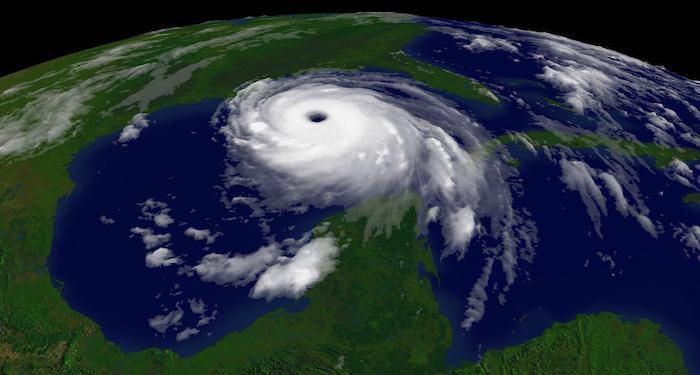
Credit: WIREs Climate Change
In the midst of an intense hurricane season, a historical perspective published in WIREs Climate Change looks at adaptation to hurricanes in New Orleans over nearly three centuries, from its foundation in 1718 to Hurricane Katrina in 2005.
The flooding of New Orleans by Hurricane Katrina raised the question, how could such a disaster have happened in one of the most technologically advanced nations in the world? Looking into this question can shed light on how societies are dealing with such extreme events and whether they are going to be able to adapt to changing conditions in the future.
Professor Eleonora Rohland, author of the historical perspective, notes that although lessons may be learned in the aftermath of disasters, these may be disrupted by changing political regimes or migration of parts of the population, which are no longer willing to adapt.
The range of possible actions to hurricanes is limited to evacuation, large-scale engineering projects such as floodgates and dams, loss prevention (insurance), and the self- organization of society in recovery and rebuilding in the aftermath of a hurricane disaster. In retracing the evolution of these adaptation options and their entanglement with the history of science and technology, the article reveals the contingency involved in the development of hurricane knowledge and science.
"The historical long-term perspective reveals that we are at a watershed moment in human history right now: adaptation–to climate change or increasing/stronger extreme events such as hurricanes–has turned from a contingent and drawn out historical process into an imperative, a prescriptive policy, almost," said Prof. Rohland. "For current climate change adaptation research, it is worth looking into the historical record to take into account the cultural, societal, and political factors that hampered adaptation in the past in order to be prepared for the future.
###
Media Contact
Penny Smith
[email protected]
http://newsroom.wiley.com/
Related Journal Article
http://dx.doi.org/10.1002/wcc.488





